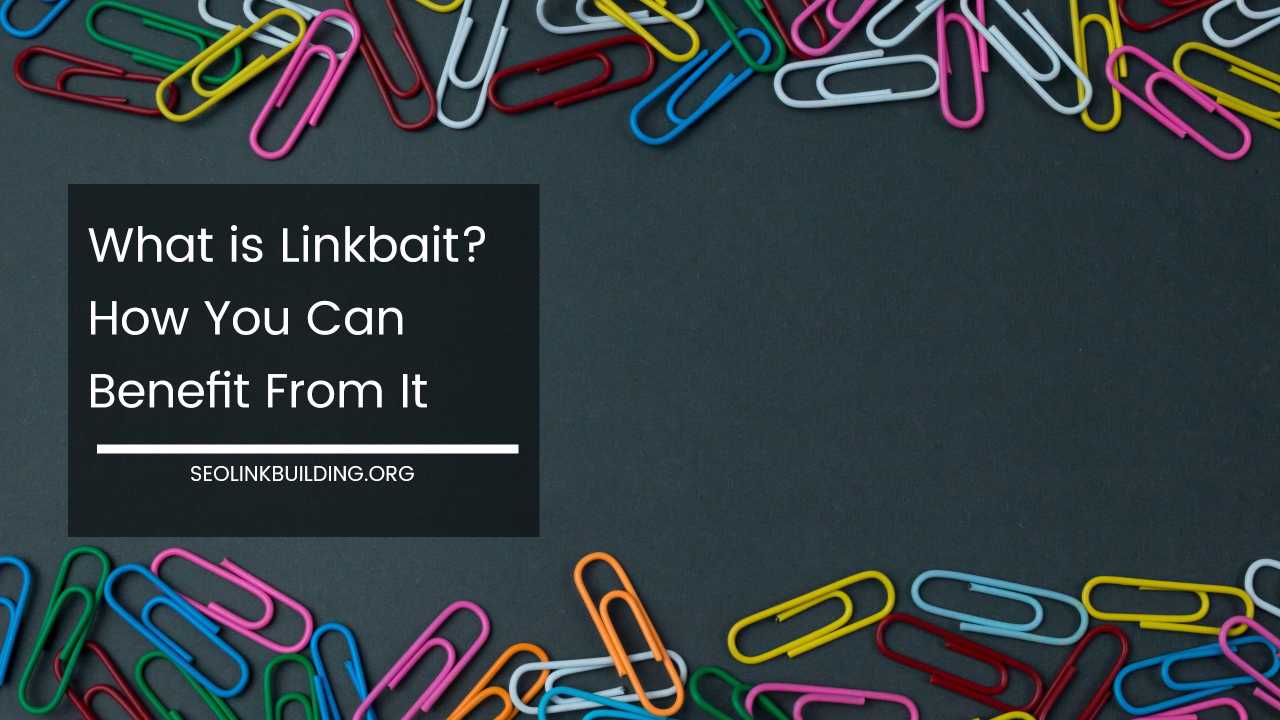Small Business Web Design – 11 Principles to Follow

A website is important part of any business in these modern days.
No matter to which segment the business belongs to, it needs a website for surviving tough competition. A website makes communications easy between a customer and business.
It is the first introduction of a business to the online audience and also helps a business to flourish and build reputation.
Small Business Web Design Tips
The need for creating a website has paved the way for the emergence of the concept of website design and development.
An effective web design and development strategy leads to the creation of an impactful website. The following 11 principles are important lessons gathered from many years of working in the software-development field.
Have a goal and give it a lot of thought.
- Determine your goal, and be specific and knowledgeable about that goal. I suggest to sketch or write out a picture of what you want your web site to do.
- Use affinity diagramming, brainstorm, and get all team members involved.
- Each page should have its own goal: i.e., what does this page accomplish?
- When you are finished with each page: step back and ask yourself (must be able to answer ‘yes’ to each question):
- Does this page meet its own goals?
- Does each page further the goals of the site?
Be able to justify your site—why should your site exist?
Be able to answer the following questions:
- What do you want this site to do?
- What do you want the user to experience?
- What are you trying to communicate?
- How is each piece of information best presented?
- Content is king… If you don’t have anything to say, don’t let those HTML files off your hard disk. Look at all the resources you have available to you before you design your site. Get to know what content and features will attract users.
- Avoid “under construction” pages and content-free pages.
Use effective communication technique
- Keep text length short (in general), since most users will not take the time to read long passages on a computer screen. Experts report:
- Reading online is slower
- People are distracted by links
- They would rather follow a link than scroll
- Shorter documents download faster.
- Readers scan the text on a page for the hypertext links.
- Use the available Tech writing talent!
- An editorial voice can be a great asset to a web site. Find a voice that is warm, open, and friendly. Don’t sound patronizing or egotistical; talk to your readers, not down to them.
Know your audience’s needs
- Most people are not willing to spend a day learning what’s contained in your site. Get them to the information they want as quickly as possible. That is a sure way to satisfy your audience.
- Learn the demographics of your audience: their age, occupations, skill levels, interests.
- Make sure that your pages fulfill the goals of the audience-you are not your audience. Therefore, it will take some data-gathering to be able to design for your intended audience.
What are the common tasks that your audience will be using your pages to do? Here are some examples:
- Get information about your products & services
- Understand how you operate, etc.
- Thus, your structure should directly reflect your audience’s needs, expectations, and goals. So ask questions about your audience.
Manage expectations (overviews)
Once you understand the needs and goals of your audience, you can structure your site appropriately.
- Allow the user to see what the whole site looks like at a glance, this will ensure that the audience will be able to fulfill their needs sooner than later.
- Is it clear where the user is going to go when they click on each link?
- A contents page is a great way to tell users what’s on the site before they have to jump a single link; it can serve as both a navigational aid and a simple map .
- Identify the primary purpose of each page within the first few inches of screen space.
Provide a summary or quick overview of the page before the user clicks on the link, perhaps a quick blurb about the major points contained in a long page. You should answer the following questions:
- What’s on the page?
- What can I do here?
- Where can I go from here?
- The major categories should differentiate themselves from each other and should quickly and clearly communicate their contents.
Take care of Navigation
- Navigational aids on every page are a must, because users can easily get lost within a complex site. Even better, make your navigational aids standardized across all pages.
- Plan for the possibility that someone has jumped into your site. Would a user be able to find their way around from any one page? Can they get to your home page easily?
- Allow users to access your pages in different ways (e.g., search boxes, navigational paths, sequential paths, tables of contents, and indexes). Be prepared for your audience using your pages in ways you didn’t expect.
- Provide a broad, not deep structure: buried pages are rarely found and are hard to find again.
- Important pieces of information should be shallowly located in the structure.
- Create a hierarchy by making categories that reflect conceptual distinctions users would create between different types of information, not you.
In general, avoid making people navigate, users should not have to navigate more than 4 or 5 levels to get to information. If your site contains more levels than that, you should reconsider your site’s structure.
We urges designers to get away from the computer and try to visualize what the site structure is going to be in all of its connections and complexity:
- Make the hierarchy very understandable—create a model that appeals to your audience.
- Use a skeletal framework: visualize how the structure of your site will work. Visualize the connections and complexity.
- Get away from your understanding of the information—organize it in terms of user needs.
Follow standard design practices: Analyze, design, prototype, test
HTML is a different environment for design because the designers themselves can build the product. Also, the product can continually evolve through iteration.
Nevertheless, develop your pages according a defined process: analyze your audience and your goals, develop a good design by creating a quick and dirty prototype with the involvement of users and design team (including usability), and then have your usability specialist test your site.
Test: define both your usage and usability goals for success.
- Look at raw results—usage stats and hit counts.
- Look at usability results—how many users succeed or fail on certain tasks?
- Increased usability will have consequences internal to your company—such as lowered customer support costs.
Use appropriate graphics only
They must advance the goals of your site. Don’t use gratuitous graphics.
Graphics ought to be only used when the information contained there justifies the cost in speed and resources. Most people don’t have a high speed internet line connected to their house.
Huge banners parading your logo are not worthwhile and are wasteful of space.
Image maps must be used carefully. They are tricky to program, and completely terrible if everything doesn’t work right. Make sure you add text buttons for people who have text-only browsers or image loading turned off.
- Use images with small dimensions and storage sizes.
- Reuse images on the same page.
- Reuse images on the same site.
- Remember to use the visual tools available to you:
- Borders—when whitespace won’t work, when there is a change of context.
- Whitespace-it can be used to make an item stand out or blend in.
- Tables—they are extremely useful in organizing layout.
- Fonts—fonts are also part of the user’s experience.
Provide lots of help features
- Tell users “What’s there on the site.”. Users should be able to learn how to navigate and orient themselves within 15 seconds.
- The user should be able to tell what’s global (e.g., features, navigation aides, etc.) to the site:
- What will allow the user to get to the home page?
- What will the user be able to access anywhere on the site?
- The user should also be able to tell what is local and specific to each page, like text or other content.
- A graphical map of the page links could be one of the most helpful features of your site.
A visual language will allow users to know when they’re in your site and when they’re not.
The visual language is comprised of a set of meanings, what you choose to say could be “you are here” or just about anything you can think of. Create a consistent visual language by using:
- The same images or backgrounds throughout your site.
- Consistent layouts of text and graphics
- Consistent color scheme
- Common illustration style
- Any element can be used to create a meaning, just be sure to limit the amount of meanings you communicate on any one page.
Design for low bandwidth connections
Users may be connected by modems, LANs, or from overseas
- Whatever the connection, there are points at which the entire Internet experiences bandwidth problems under high load conditions.
- Put yourself in the user’s shoes: Test your site with a modem
Provide alternate text labels for your graphics:
- Users should still be able to use your site with images turned off.
- Use the same words and ordering as the graphics
Test with a variety of browsers and platforms
- It is important to understand the medium itself. The formatting text may result in a multitude of different views and layouts depending on platform and browser.
- Make sure the features you use will be displayable by your audience’s browsers. Don’t use cutting-edge features unless your audience is ready for it or you construct multiple versions of your site.
- You must cater to the lowest common denominator. Decisions here get very difficult when one has to deal with the differences between platforms.
- Every single page on your site should be tested with a variety of browsers on a variety of platforms.













